PART 3 "Cultivating Professionals with Knowledge and Humanity"
- The 1st Principal, Professor Toru SHIMAMINE October 13, 1928 to February 9, 1945
- Dentistry Course at the Ministry of Education Dental Hospital
- Autographs of the Professors of the Tokyo National School of Dentistry
- Professors of the Tokyo National School of Dentistry
- The 2nd Principal and 1st President, Professor Masaru NAGAO February 10, 1945 to June 30, 1961
- The 2nd President, Professor Masahiro OKADA July 1, 1961 to February 29, 1968
- The 3rd President, Professor Keizo OTA March 1, 1968 to October 8, 1969
- The 4th President, Professor Fumihiko SHIMIZU October 9, 1969 to September 17, 1974
- The 5th President, Professor Yasuji KATSUKI September 18, 1974 to July 31, 1977
- The 6th President, Professor Hisashi YOSHIDA August 1, 1977 to July 31, 1985
- The 7th President, Professor Rokuro KANO August 1, 1985 to July 31, 1991
- The 8th President, Professor Hajime YAMAMOTO August 1, 1991 to July 31, 1995
- The 9th President, Professor Akio SUZUKI August 1, 1995 to March 31, 2008
- Collaboration with Harvard Medical International
- The 10th President, Professor Takashi OHYAMA April 1, 2008 to March 31, 2014
- International Exchange Agreements
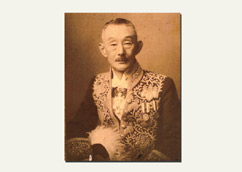
Exhibited October 2013
The 1st Principal, Professor Toru SHIMAMINE October 13, 1928 to February 9, 1945
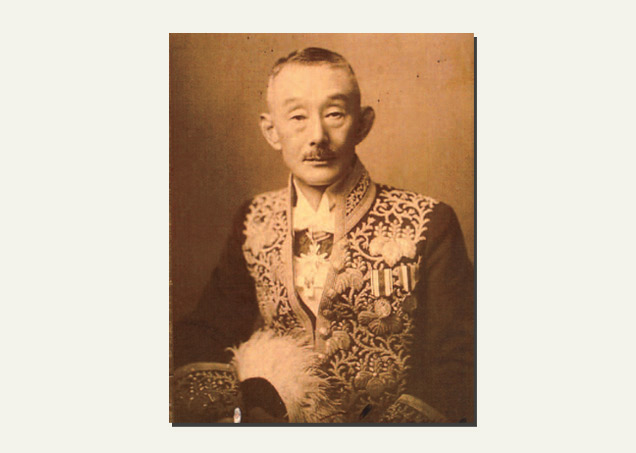
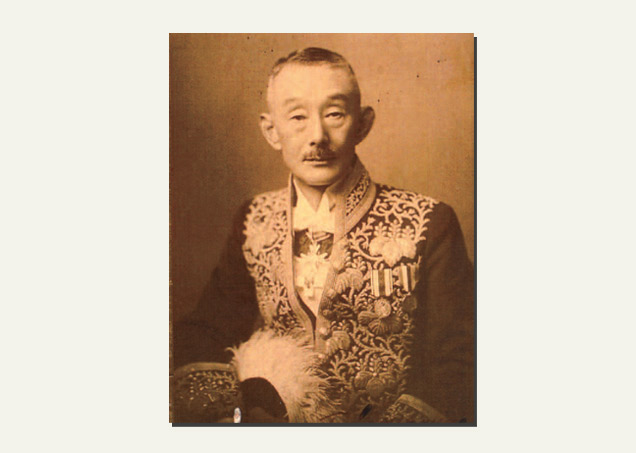
Dr.Toru SHIMAMINE, the founder of the Tokyo National School of Dentistry (predecessor school of Tokyo Medical and Dental University) graduated from the Medical Department of Tokyo Imperial University in 1905. From 1907, Dr.SHIMAMINE studied at the University of Berlin and the University of Breslau in Germany, for a total of eight years. Dr.SHIMAMINE visited various European countries to investigate their systems for dental education, including academic examination methods and qualification for university degrees. In October 1914, he left Europe to visit dental schools and universities in Philadelphia, Baltimore, Washington D.C., New York, Boston, Chicago and San Francisco to study the state of dentistry, including dental education and academic examination methods, in America. In 1915 Dr.SHIMAMINE became the Head of the Dental Faculty at the Medical License Examination Center Hospital. In 1928 he was named the Principal of the Tokyo National School of Dentistry, and in 1944 he was appointed the Principalof the Tokyo Medical and Dental College, where he established the School of Medicine. Dr.SHIMAMINE was awarded the Dr.Medicina Dentariae Honoris Cause degree (honorary Doctor of Medical Dentistry) in 1930 by the University of Breslau, Germany. The photograph above seems to have been taken in 1937 and shows Dr.SHIMAMINE in full dress wear, decorated with Germany's highest honor, the Red Cross Medal Grand Cordon of the Order, and the Japanese Third Order of Merit.
Dentistry Course at the Ministry of Education Dental Hospital
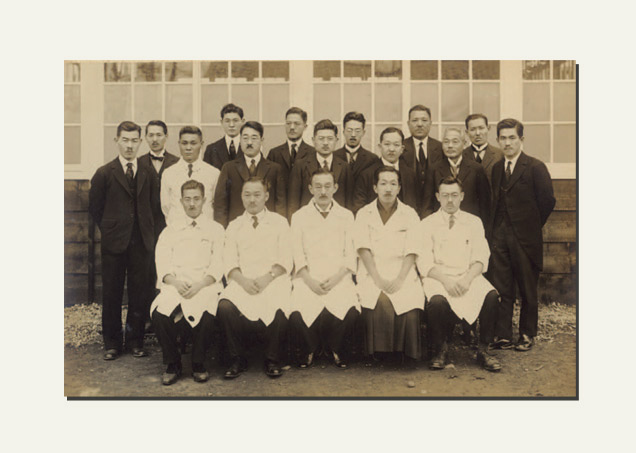
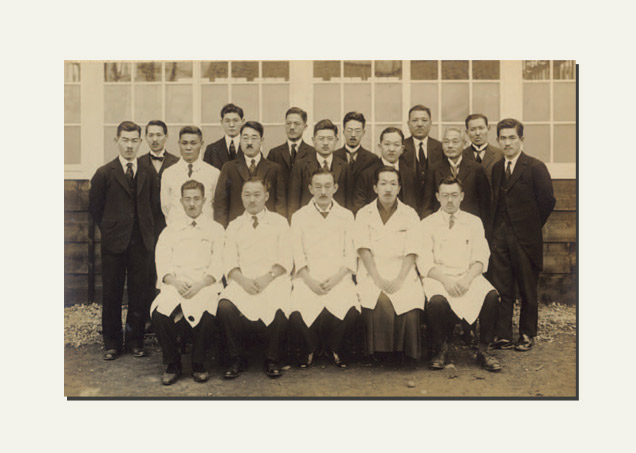
This commemorative photo was taken after completion of a dentistry course in March 1926 that was held at the Ministry of Education Medical License Examination Center Hospital (known as the Ministry of Education Dental Hospital), the institution that became the parent organization of the Tokyo National School of Dentistry. In the front row from the right are Professor Shinjiro TAKAHASHI, Professor Rinzo HIGAKI, Principal Toru SHIMAMINE, Professor Masaru NAGAO, and Professor Masao KAWAKAMI. Those in the rows behind appear to be practicing dentists who participated in the course. This innovative course was held for private clinicians from 1923, and was highly popular.
Autographs of the Professors of the Tokyo National School of Dentistry
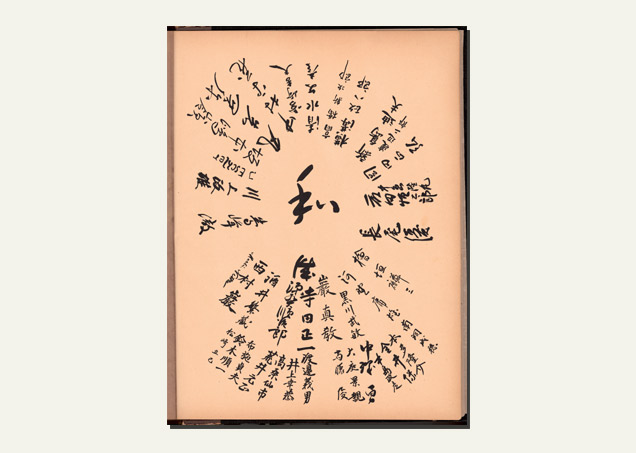
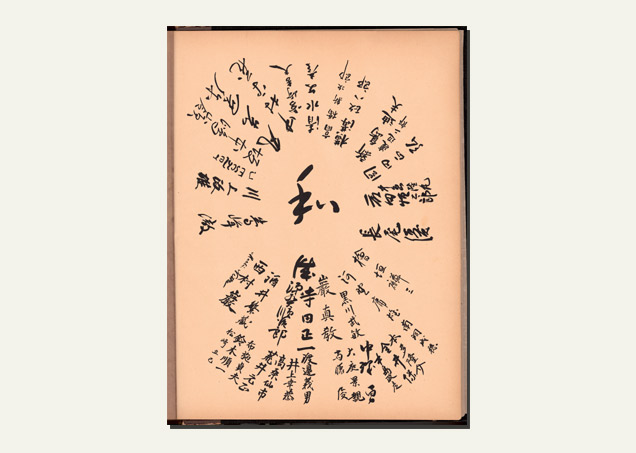
Principal Toru SHIMAMINE drew the character "和" ("wa", which stands for "harmony") on a piece of paper, and the professors of the Tokyo National School of Dentistry then a ffixed their autographs so that they radiated from the center, as shown in the photograph above, which was taken in 1943.
Professors of the Tokyo National School of Dentistry
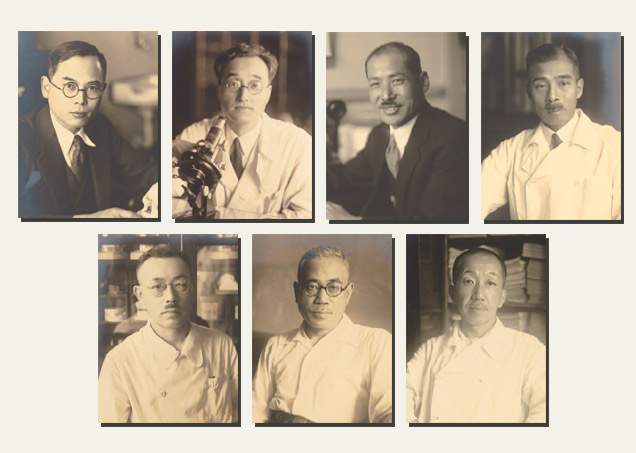
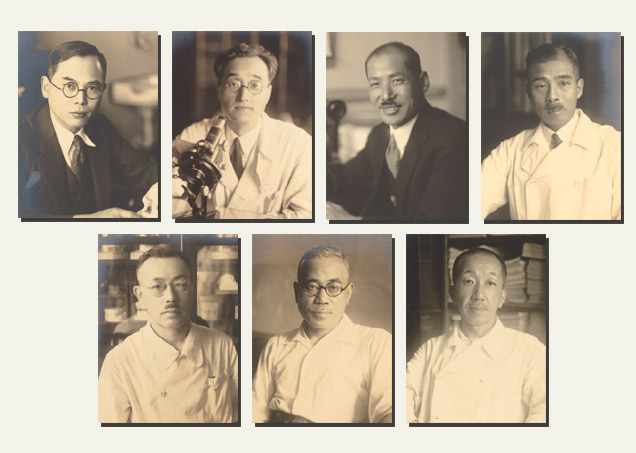
From the left in the top row, Professor Tsunetaro FUJITA (Systematic Anatomy, Systematic Histology, Dental Histology); Professor Yoshio MIYAZAKI (Pathology, Histopathology); Professor Heizo NAKAMURA (Dental Surgery, Oral Pathology, Surgical Prosthetics); Professor Masao KAWAKAMI (Dental Anatomy, Prosthetics).
From the left in the bottom row, Professor Shinjiro TAKAHASHI (Orthodontics); Professor Torao KANAMORI (Oral Surgery; later, Professor of Oral Surgery at the Tokyo Imperial University School of Medicine); Professor Rinzo HIGAKI (Conservative Dentistry, Oral Hygiene).
From the left in the bottom row, Professor Shinjiro TAKAHASHI (Orthodontics); Professor Torao KANAMORI (Oral Surgery; later, Professor of Oral Surgery at the Tokyo Imperial University School of Medicine); Professor Rinzo HIGAKI (Conservative Dentistry, Oral Hygiene).
The 2nd Principal and 1st President, Professor Masaru NAGAO February 10, 1945 to June 30, 1961
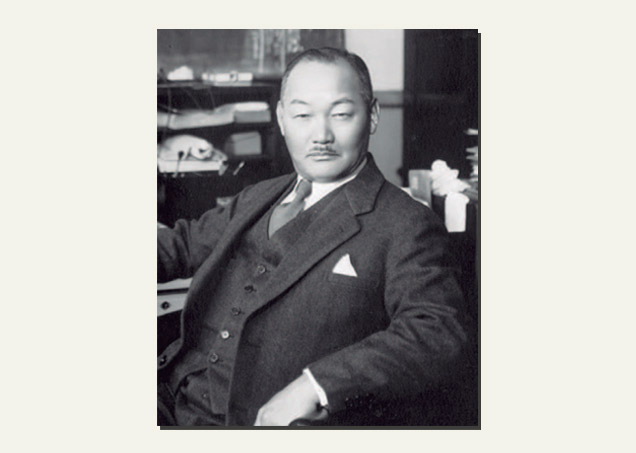
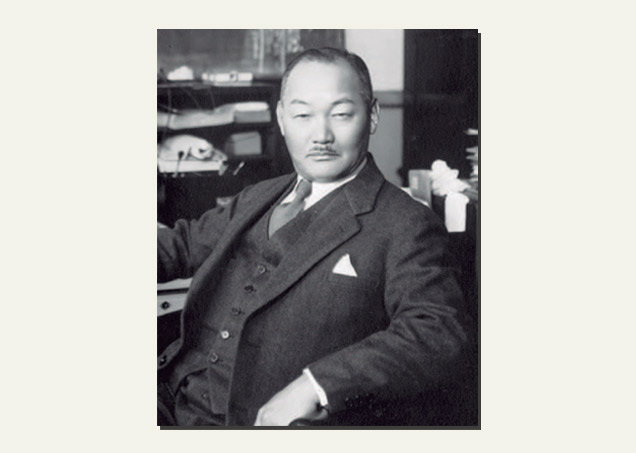
Dr.Masaru NAGAO graduated from the Medical Department of Tokyo Imperial University in 1913. Dr.NAGAO helped Professor Toru SHIMAMINE establish the Tokyo National School of Dentistry, and in 1945 became the second Principal of Tokyo Medical and Dental College. After the war, Dr.NAGAO strove to establish the specialized medical and dental school as a fully-fledged university. In 1946, he became the first President of Tokyo Medical and Dental University. Dr.NAGAO specialized in prosthodontics, and was the founding president of the Japanese Association for Dental Science.
Dr.NAGAO had a profound knowledge of dental materials, and contributed to the establishment of Japan's first research institute for dental materials, which is presently TMDU's Institute of Biomaterials and Bioengineering.
Dr.NAGAO had a profound knowledge of dental materials, and contributed to the establishment of Japan's first research institute for dental materials, which is presently TMDU's Institute of Biomaterials and Bioengineering.
The 2nd President, Professor Masahiro OKADA July 1, 1961 to February 29, 1968
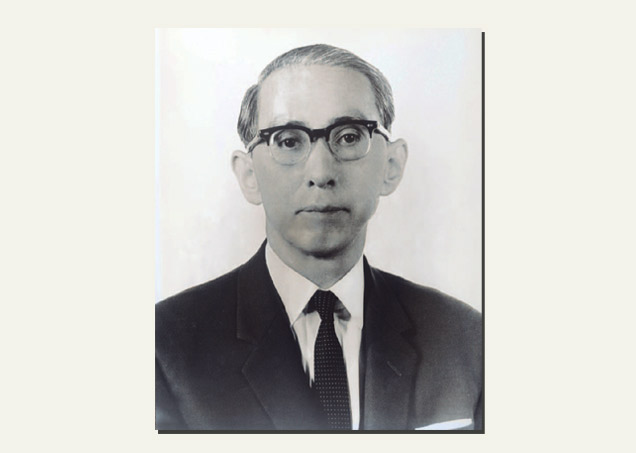
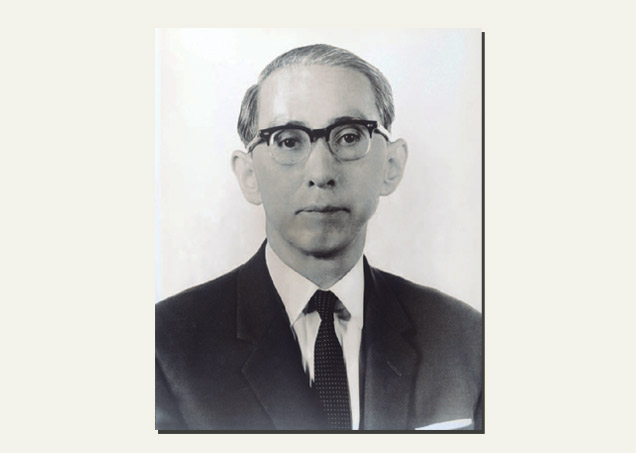
Dr.Masahiro OKADA graduated from the Faculty of Medicine of Tokyo Imperial University in 1925. In 1959, Dr.OKADA was awarded the 49th Japan Academy Prize for his research on the physiology and pharmacology of hard tissue. Highly popular with students, he is known both as Ogai MORI's researcher and as an essayist. A published author, his bestknown book is A Miscellany of Busy Times.
The 3rd President, Professor Keizo OTA March 1, 1968 to October 8, 1969
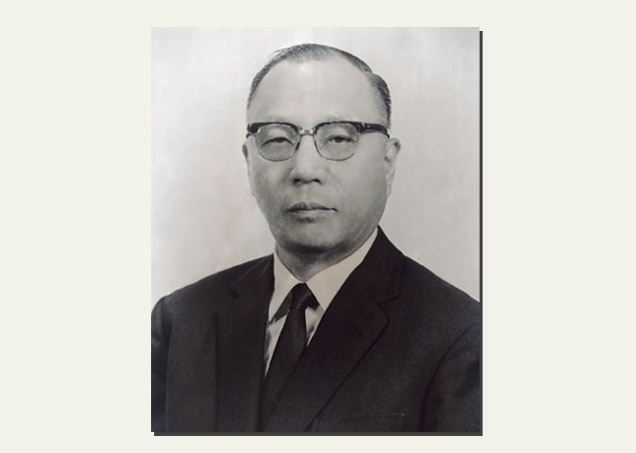
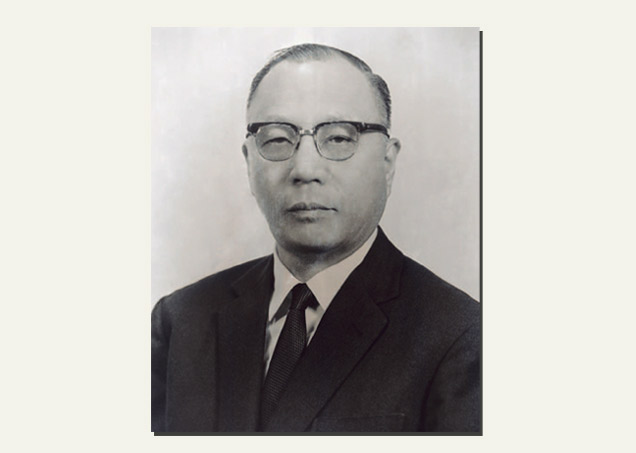
Dr.Keizo OTA graduated from the Faculty of Medicine of Tokyo Imperial University in 1926. Dr.OTA specialized in pediatrics, and in June 1949 he was appointed the first Principal of the Faculty of Medicine, University Hospital, Kounodai Branch. From April 1956, he served as Director of the Medical Hospital.
The 4th President, Professor Fumihiko SHIMIZU October 9, 1969 to September 17, 1974
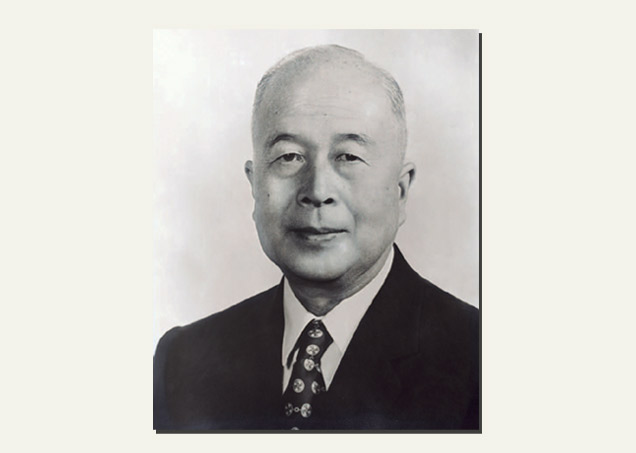
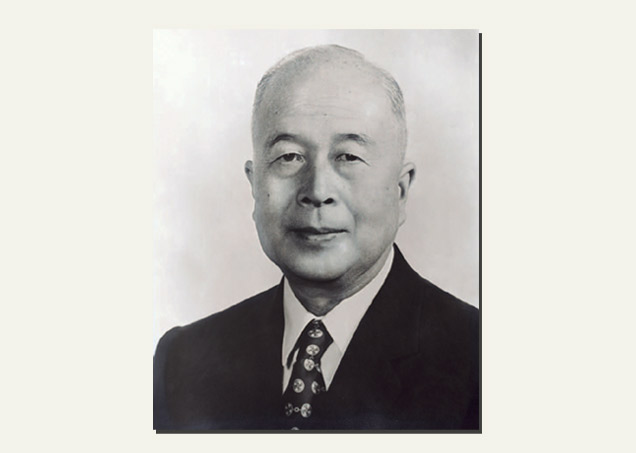
Dr.Fumihiko SHIMIZU graduated from the Faculty of Medicine of Tokyo Imperial University in 1932. Dr.SHIMIZU specialized in bacteriology, and served as Dean of the Faculty of Medicine from July 1961. With Professors Akira MIYAMOTO and Hiromasa KITA, he proposed the establishment of the School of Medical Technology, and, in April 1962, he was appointed its first Principal. In April 1963 he was concurrently appointed Director of the Institute of Medical Genetics.
The 5th President, Professor Yasuji KATSUKI September 18, 1974 to July 31, 1977
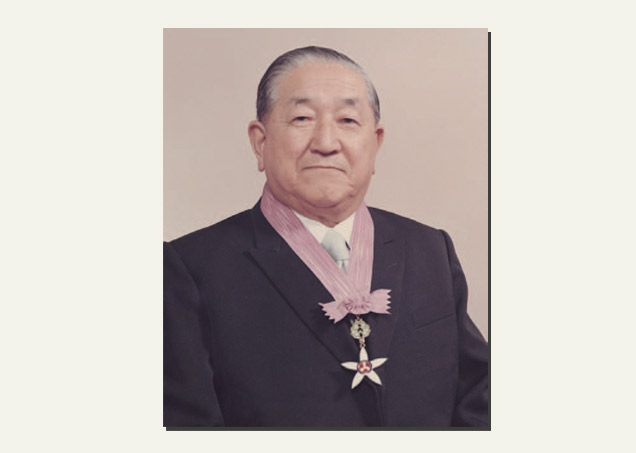
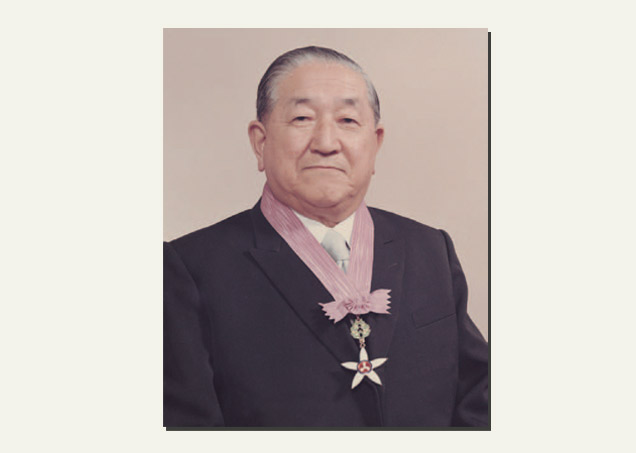
Dr.Yasuji KATSUKI graduated from the Faculty of Medicine of Tokyo Imperial University in 1931. At first Dr.KATSUKI specialized in otolaryngology, but he then switched to physiology. In 1949, he became a professor at Tokyo Medical and Dental University, and was appointed President in 1974. Dr.KATSUKI researched the central nervous mechanisms of hearing, tracking electrical activity in the auditive pathway of the brain using microelectrodes. He discovered that sound frequencies and sound intensity are identified in the relay nuclei reaching the medial geniculate body, and that higher level integration takes place in the cerebral auditory region. For this discovery he received the Asahi Prize (1962), the 53rd Japan Academy Prize (1963), the Order of Cultural Merit (1973), and the First Class Order of the Sacred Treasure (1979).
The 6th President, Professor Hisashi YOSHIDA August 1, 1977 to July 31, 1985
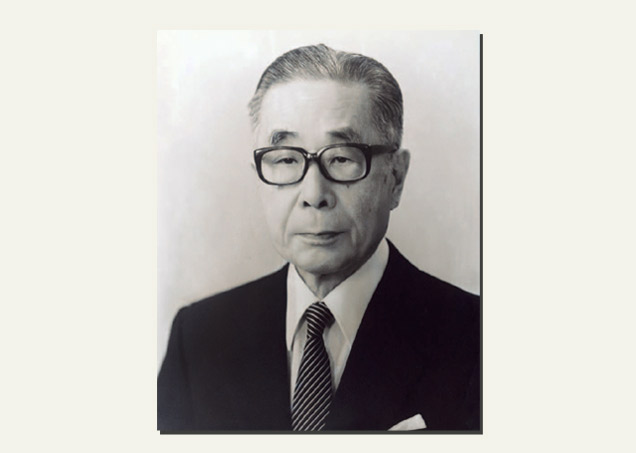
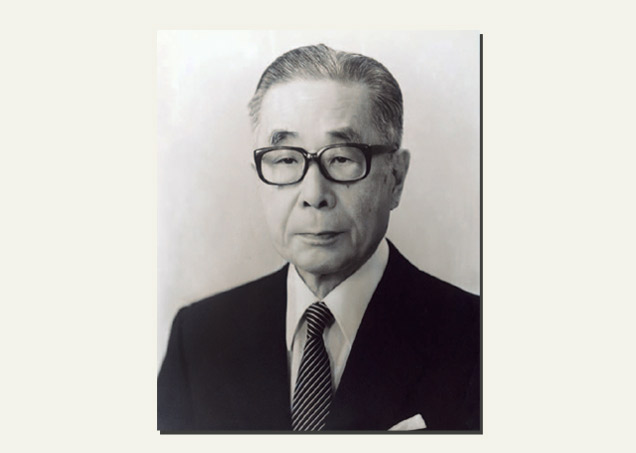
Dr.Hisashi YOSHIDA graduated from the Faculty of Medicine of Tokyo Imperial University in 1941. Dr.YOSHIDA specialized in pediatrics. After a professorship at Shinshu University, he succeeded Professor Keizo OTA as Professor of Pediatrics at Tokyo Medical and Dental University, in September 1968. In August 1977, he was appointed President. On June 14, 1978, he selected the university's logo to mark TMDU's 50th anniversary. The logo represents the history of the development of the university and a vision of its future. It is based on a plum blossom, symbolizing Yushima Tenjin, the shrine dedicated to scholarship, which is located near TMDU. The circle at the center of the blossom is the emblem of the original Tokyo National School of Dentistry, indicating the institution's role as the base of today's university. The five petals represent the five departments of TMDU ― the Faculty of Medicine, the Faculty of Dentistry, the College of Liberal Arts and Sciences, the Institute of Biomaterials and Bioengineering, and the Medical Research Institute ― which are tightly integrated as are the petals of a flower, reflecting the composition and vision of the university.
The 7th President, Professor Rokuro KANO August 1, 1985 to July 31, 1991
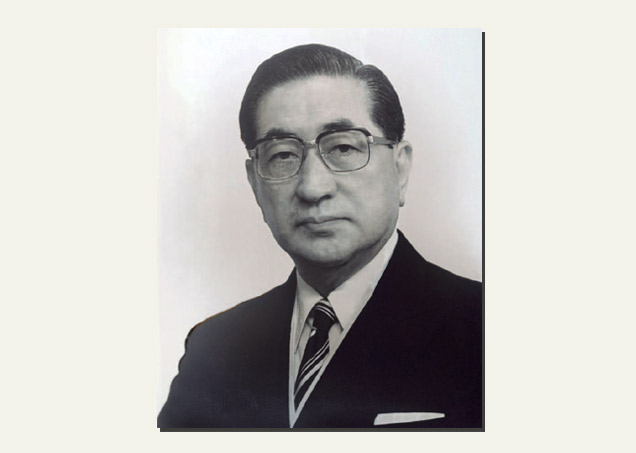
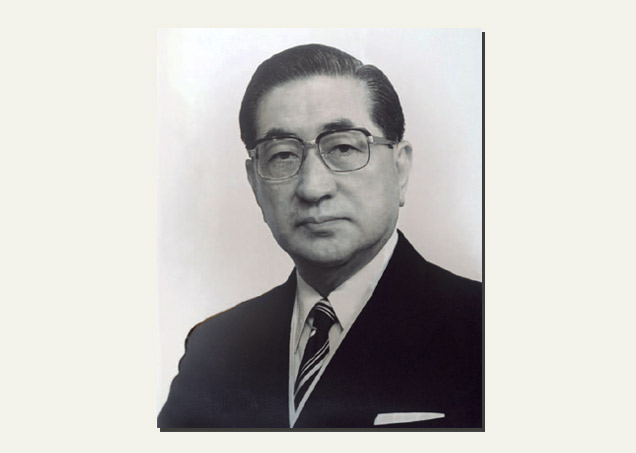
Dr.Rokuro KANO graduated from the Faculty of Medicine of Chiba Medical University in 1945. In April 1956, he became the first Associate Professor of Public Hygiene at TMDU, and he was promoted to Professor in January of the following year. In April 1963, he established a medical zoology course and became its founding Professor. In the early 1960s he began systematic research into flies, and had three articles published in Fauna Japonica before 1972 on the flesh fly, the blowfly and the house fly (I). Dr.KANO served as Dean of the Faculty of Medicine from August 1977.
The 8th President, Professor Hajime YAMAMOTO August 1, 1991 to July 31, 1995
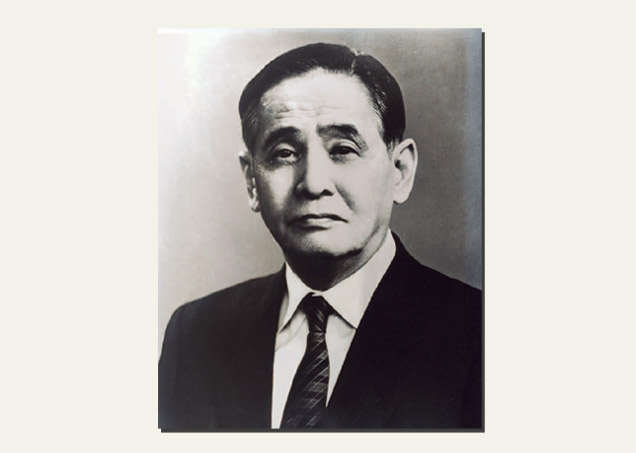
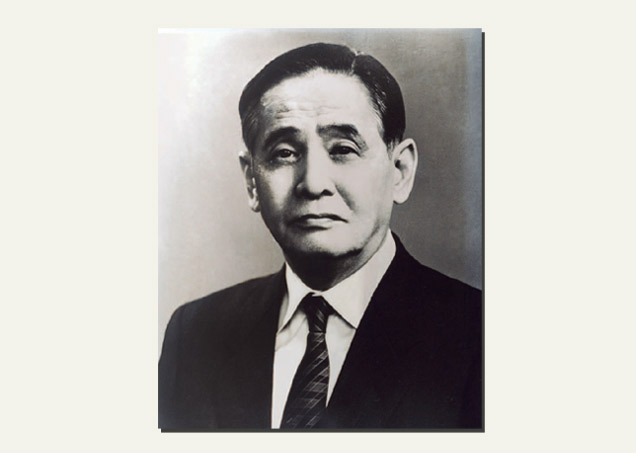
Dr.Hajime YAMAMOTO graduated from the Tokyo Medical and Dental University Faculty of Dentistry in 1953. Dr.YAMAMOTO thus became the first President of TMDU to have graduated from the university. Dr.YAMAMOTO helped establish the Tohoku University Faculty of Dentistry, where he became Professor, and, later, Dean. In 1983 he succeeded Professor Goro ISHIKAWA as Professor of Oral Pathology in the Faculty of Dentistry at TMDU. Dr.YAMAMOTO was a pioneering laser researcher in the world of Japanese dentistry. In 1988 he became the first Chairman of the International Society for Laser Dentistry and Chairman of the Society's first International Conference. He served as the first Director-General of the Japanese Society for Laser Dentistry. Dr.YAMAMOTO was awarded the 83rd Japan Academy Prize in 1993 for his research into the prevention of dental caries via the use of laser radiation and other applications of laser technology in dentistry.
The 9th President, Professor Akio SUZUKI August 1, 1995 to March 31, 2008
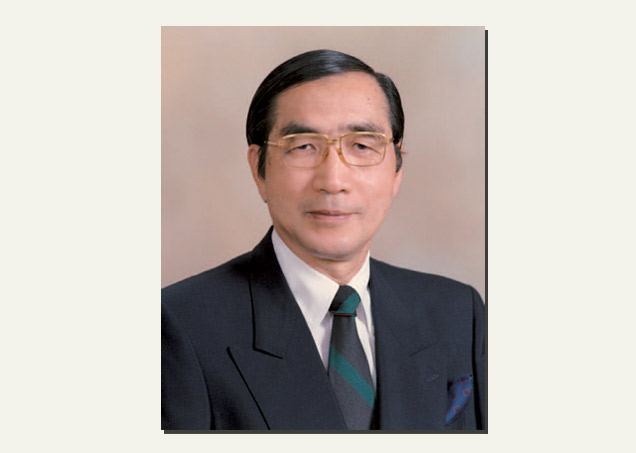
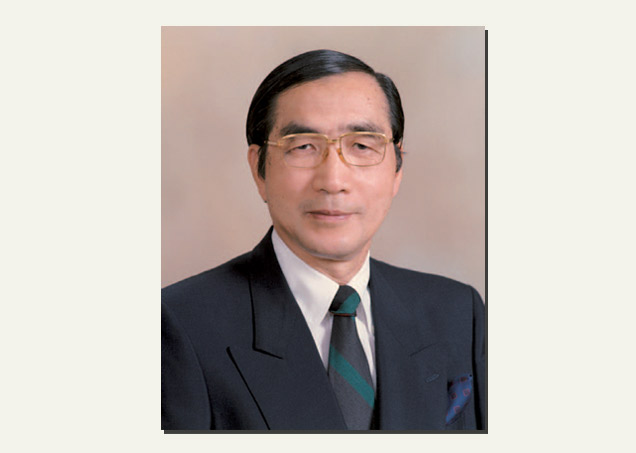
Dr.Akio SUZUKI graduated from the Faculty of Medicine of Tokyo Medical and Dental University in 1956. Dr.SUZUKI specialized in cardiac surgery. After graduating from the TMDU Faculty of Medicine, Dr. SUZUKI served as an intern with the U.S. Army in Tokyo. In July 1957, he went to America to work at Albany Medical College in New York. He then joined St.Vincent Charity Medical Center in Cleveland, Ohio, as chief resident for thoracic surgery. Upon completing that assignment, he joined the University of Mississippi Medical Center as an associate professor of surgery, eventually becoming Director of Cardiovascular Surgery at that university's hospital before returning to Japan. In September 1974, he was invited to join Juntendo University as Professor of Thoracic Surgery in the School of Medicine. In February 1983, he brought his skills in education, research and treatment to TMDU as the founding Professor of Thoracic Surgery at the Tokyo Medical and Dental University Faculty of Medicine. Thereafter, he served successively as Director of the Medical Hospital, Dean of the Faculty of Medicine, and Councilor, before retiring in March 1995. On August 1 of that year he took office as President. In the field of heart surgery, Dr.SUZUKI was the first person in history to successfully implant a wholly man-made valve in a patient with serious valvular disease, when he performed that surgery in America in 1960. In 1996 Dr.SUZUKI was awarded the Japan Medical Association Prize for his work on the development and implementation of surgery for acquired heart disease. Dr.SUZUKI was awarded the Purple Ribbon Medal in 1997, and he worked for many years in clinical practice and research in cardiovascular surgery, developing new operative procedures and methods of treatment.
In 2007, he was chosen as a "Person of Cultural Merit" by the Japanese government.
In 2007, he was chosen as a "Person of Cultural Merit" by the Japanese government.
Collaboration with Harvard Medical International
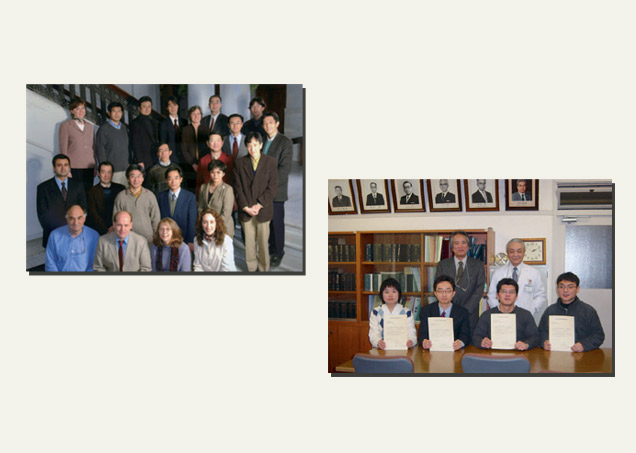
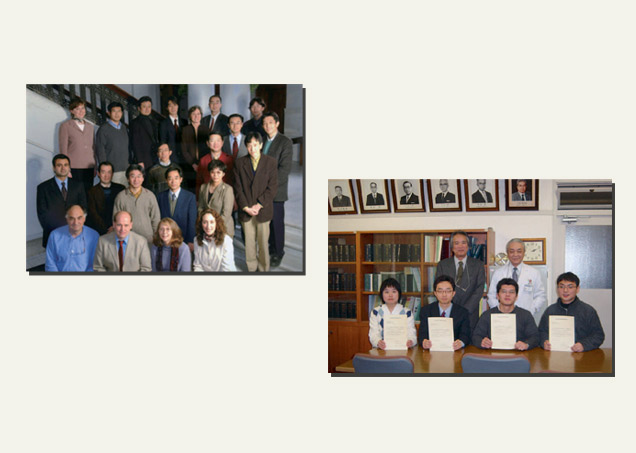
In 2002, with the aim of fostering world-leading doctors, dentists, and co-medical staff, as well as world-class medical and dental researchers, TMDU concluded a medical education partnership agreement with Harvard Medical International (HMI). The three main features of this medical education alliance are the appointment of faculty for study at Harvard Medical School, the invitation of faculty from Harvard to visit TMDU, and the availability of externships for TMDU students to have clinical clerkships at Harvard. The partnership has continually delivered results, including a revised curriculum at TMDU that is more satisfying to TMDU students. The photograph on the left was taken at the President's Office at Harvard University in 2002, and shows the inauguration ceremony for the 1st Leadership Course. The photograph on the right shows the TMDU students who were selected to have the first clinical clerkships, in 2004.
The 10th President, Professor Takashi OHYAMA April 1, 2008 to March 31, 2014
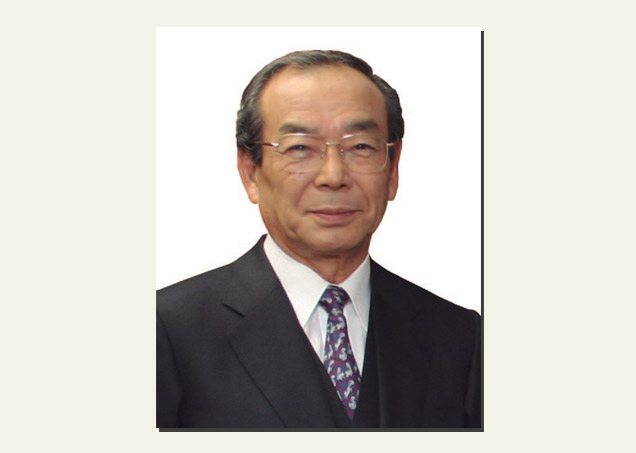
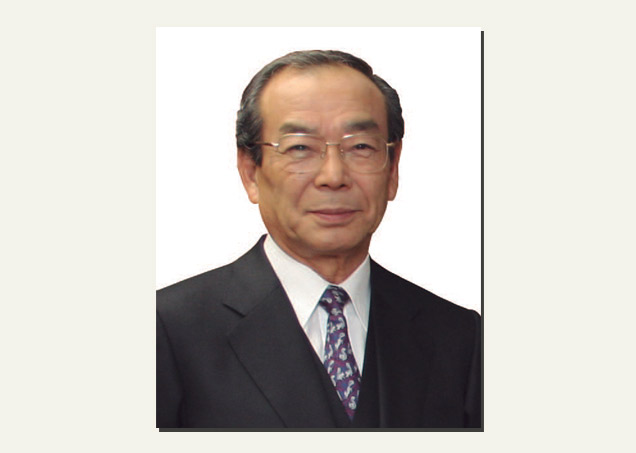
Dr.Takashi OHYAMA graduated from the Faculty of Dentistry of Tokyo Medical and Dental University in 1966. Dr.OHYAMA specializes in prosthodontics and sports dentistry, and is an international medical professional who has been involved for many years in the King of Thailand's project to provide dental treatment for Thai villagers who do not have access to dentists. "Cultivating Professionals with Knowledge and Humanity" was set as the mission for the university with the aim of fostering medical professionals and researchers who have knowledge, deep learning and insight, and high ethical standards. TMDU seeks to cultivate creative professionals who have a passion for study and enquiry, and who will become international leaders in clinical practice and research. In accord with this vision, overseas research centers have been established in Ghana, Chile, and Thailand. Clinicians and researchers from the university are posted to these centers to carry out academic exchanges concerning research into infectious diseases, colon cancer and other issues that these countries face. In addition, TMDU took the initiative to form a consortium with Chulalongkorn University, the University of Indonesia and Ho Chi Minh University of Medicine and Pharmacy, via its Re-Inventing Japan Project, with the aim of creating a medical and dental network in Southeast Asia based on Japan’s leading-edge devices, materials and technologies. Furthermore, because doctors and dentists involved in geriatric care are required to have not only specialized knowledge but also a deep understanding of basic medicine and pathology, and thus be able to provide comprehensive care that combines both fields, TMDU has, from 2011, offered an interprofessional medical and dental education curriculum starting from the bachelor's level. This innovative program fosters truly comprehensive learning, which goes beyond that which is constrained by traditional departmental boundaries.
International Exchange Agreements
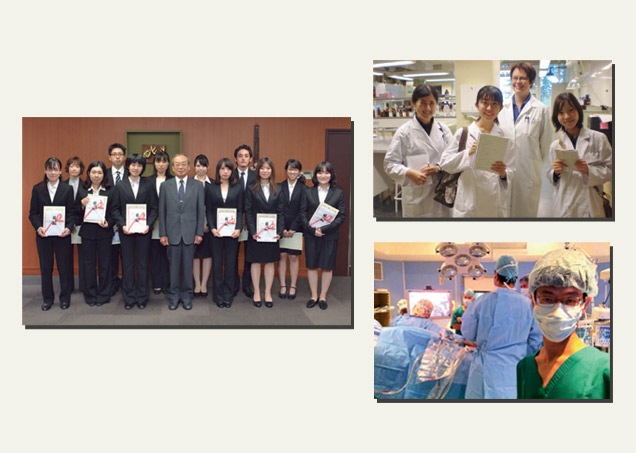
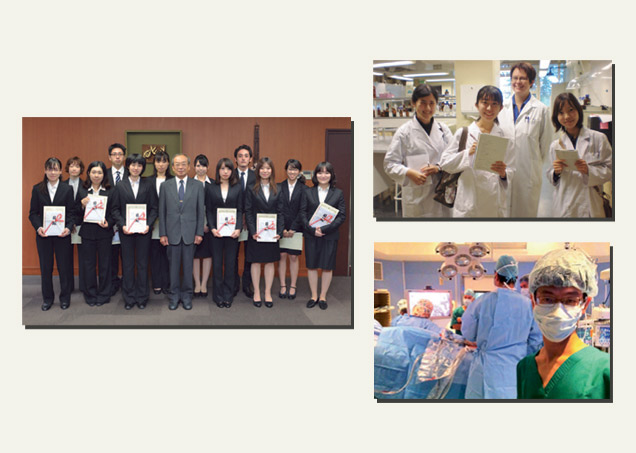
In order to cultivate young researchers, the Tokyo Medical and Dental University Fund established a system to encourage students to study abroad. Every year, about 20 students with outstanding achievements and approaches to learning, from all of the undergraduate and graduate schools, are sent to the University of Illinois Medical Center (America), Seinajoki University of Applied Sciences (Finland), the University of Sydney (Australia), Imperial College London (United Kingdom) and other universities and institutions with whom TMDU has international exchange agreements. Photographs (clockwise, from the left): President Ohyama with TMDU students who received support from the university for overseas training in 2013; TMDU students with members of the teaching staff at Seinajoki University of Applied Sciences in Finland; A TMDU student observing endoscopic surgery at CLC in Chile.

